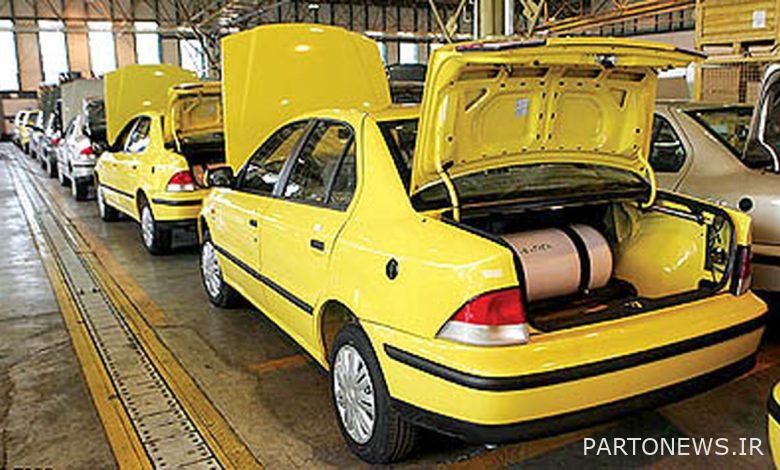Farewell to dual-fuel cars

According to the statistics of the Ministry of Silence, last year only 12,396 dual-fuel vehicles were produced in the country, which shows a decrease of 50% compared to the previous year. All dual-fuel production was owned by Iran Khodro, and Saipa, Pars Khodro, and the private sector companies did not produce any dual-fuel passenger products last year.
Although it is not clear from the Ministry of Silence statistics how many Samand and Peugeot 405 dual-fuel vehicles were produced last year, most of them were probably produced for the taxi fleet, given the sharp decline in demand for this model of car among citizens. This is of course ruled out in the case of Peugeot Pars, because this car has never been and will never be produced as a taxi.
According to the Ministry of Silence, only 187 dual-fuel Peugeot Pars were produced last year, which shows a drop of more than 95% compared to 1999. It seems that Iran’s vehicles will stop producing dual-fuel Pars this year. But the largest production in the dual-fuel vehicle sector during the year 1400, belongs to Samand.
According to the statistics of the Ministry of Silence, 8124 dual-fuel Samands were produced last year, which, of course, shows a 32% decrease compared to 1999. The site of Iran-Tabriz car has hosted dual-fuel Samands. Another dual-fuel car produced last year was the Peugeot 405, which had a lower circulation than Samand and more than Peugeot Pars.
Statistics from the Ministry of Silence show that during the last year, 4,085 Peugeot 405s were produced in dual fuel, which is a decrease of 23% compared to the previous year. All 405 dual-fuel cars were produced last year at the Khorasan Iran-Khodro site.
But Iran, the automakers, have announced that they will stop production of the Samand and Peugeot 405 for another two months, so it is possible that this year will be a year of farewell to dual-burners. In fact, if Iran Khodro intends to stop all models of Samand and Peugeot 405 completely, of course, other dual-fuel models of these two products will not be produced, unless there is still demand from the taxi fleet.
In fact, Iran Khodro may continue to produce dual-fuel models of Samand and Peugeot 405 as a taxi, at least for a while. On the other hand, considering the possible abandonment of the dual-fuel Peugeot Pars and the fact that other automakers in the country do not have production in this field, it is likely that the dual-fuel case in the Iranian car industry will be closed after nearly two decades.
Production of these cars peaked in the mid-1980s, but after a few years, for various reasons, including weak infrastructure and technical problems, their decline began and now they seem to be nearing the end of the line.
Source:
the world of economy

